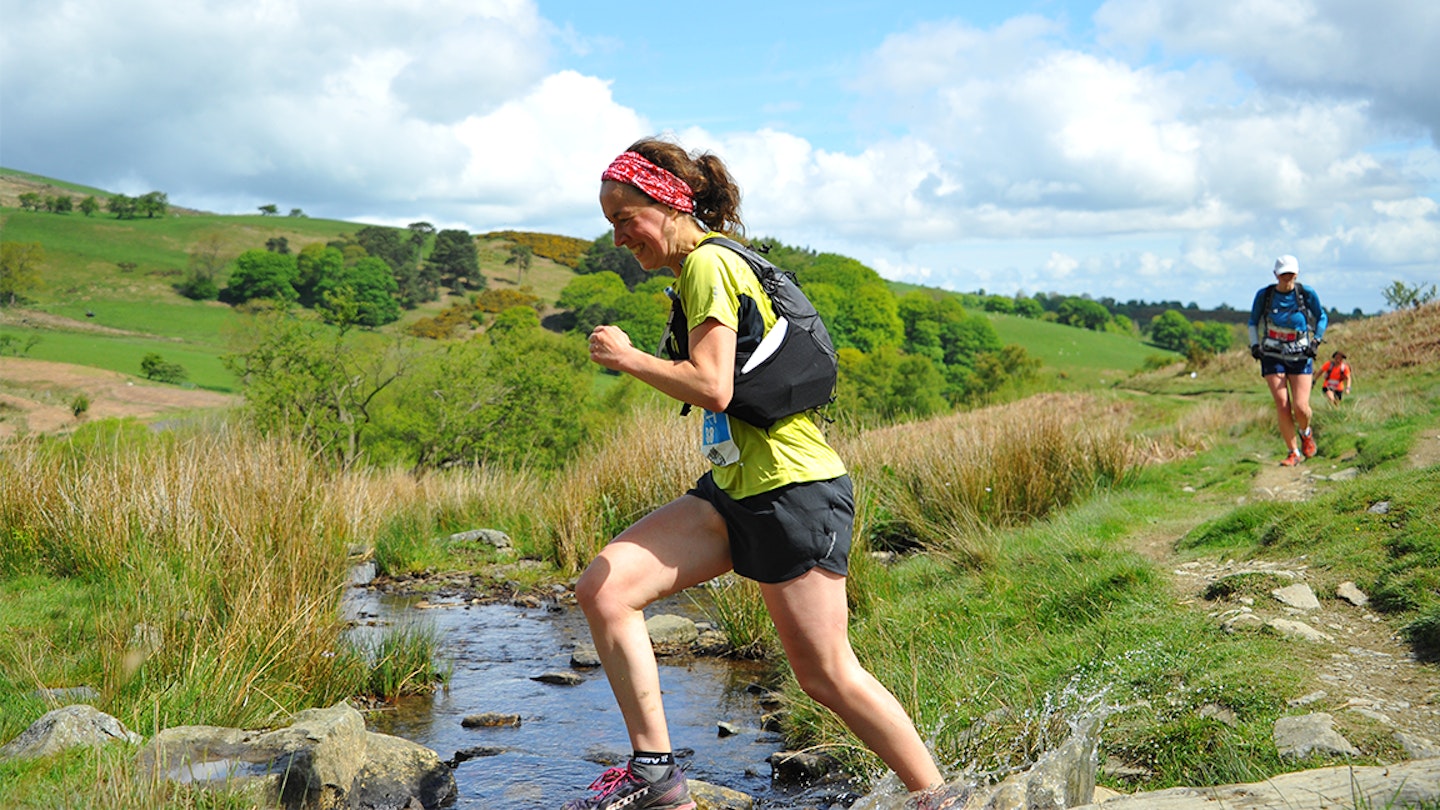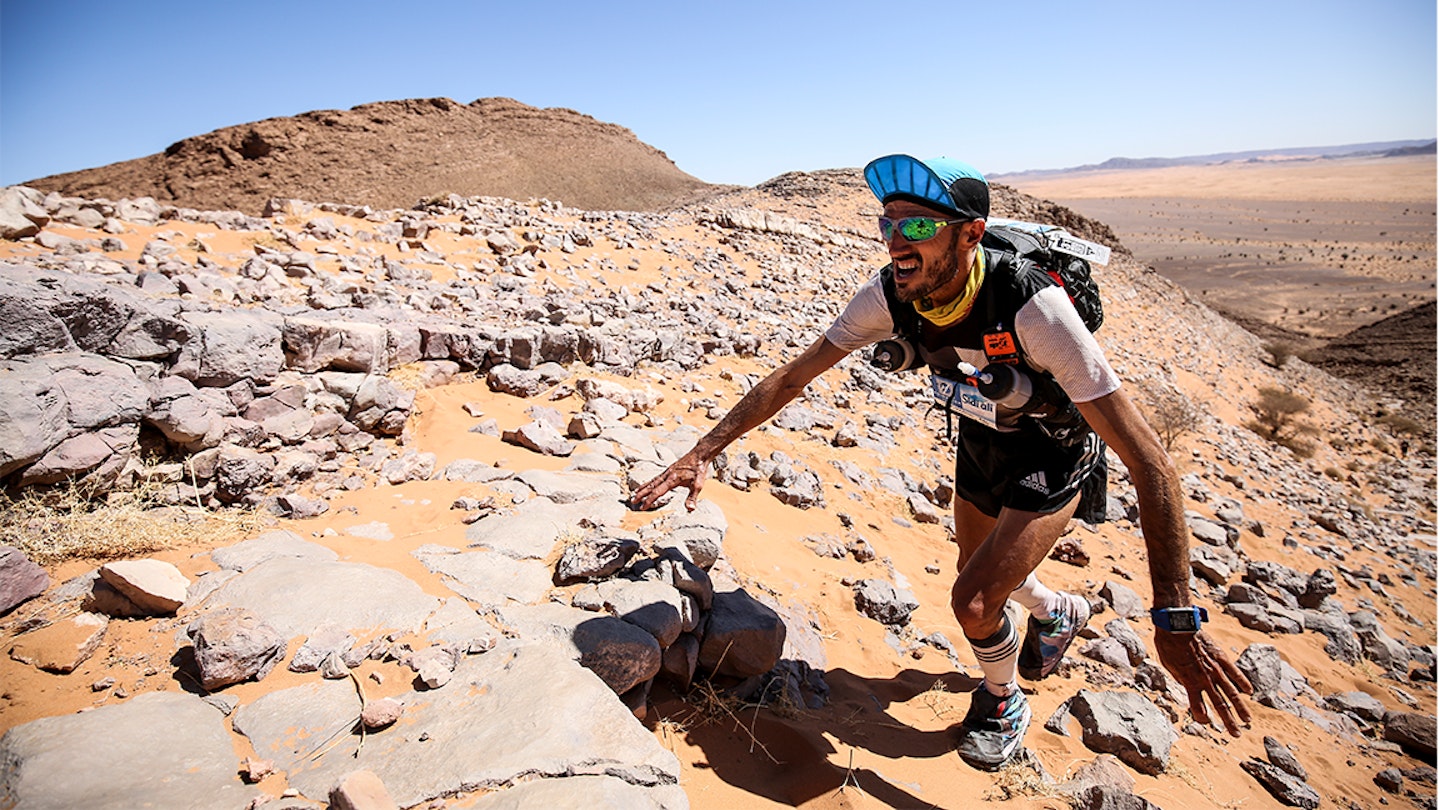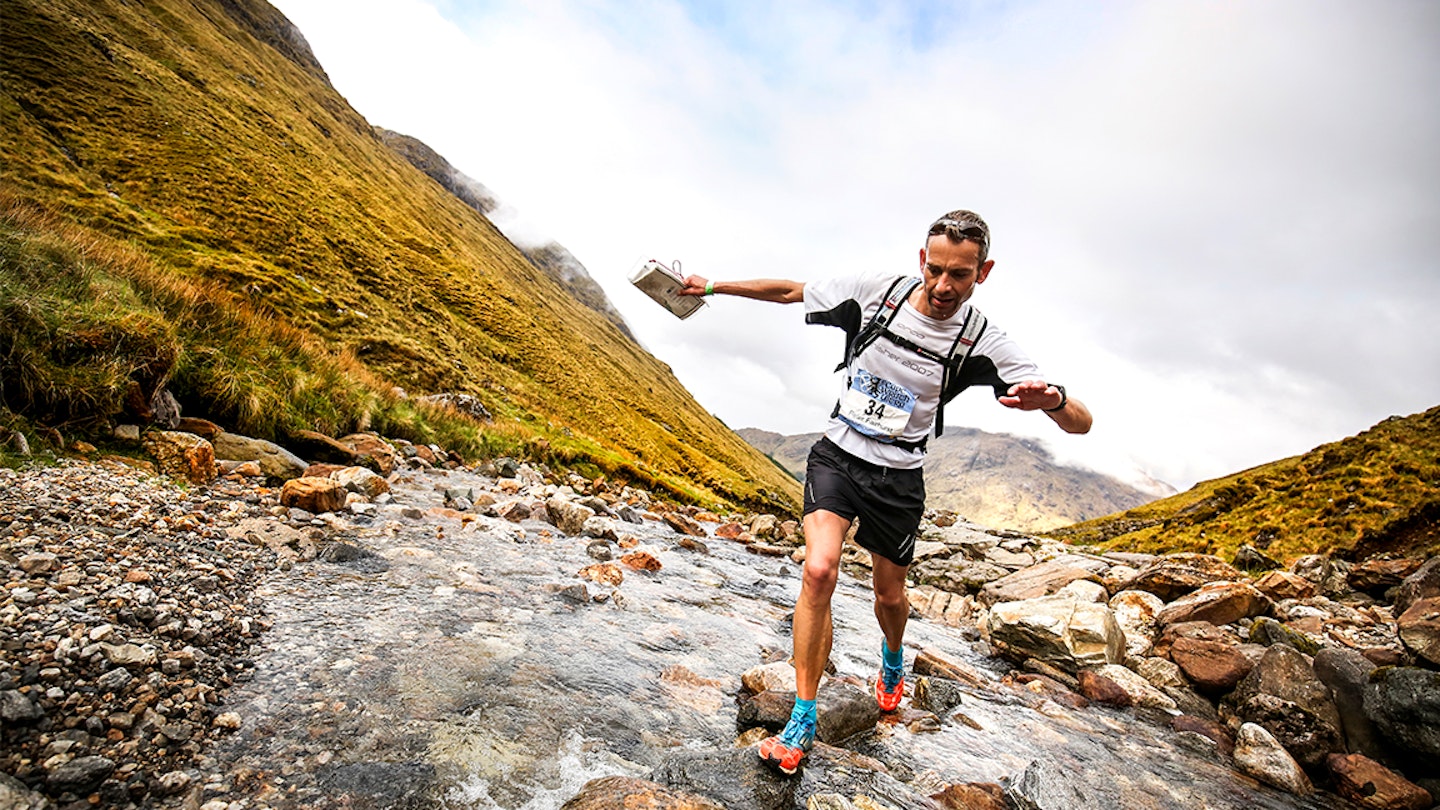A marathon is never easy, so progressing to running your first ultra marathon (or simply, ultra) will seem pretty daunting. There may be marathon in the name, but in reality, running your first ultra will be a different ball game entirely to anything you’ve done before.
It’s time to push your running limits beyond what you ever thought possible. Have we scared you off yet? To complete an ultra, running fitness is only a small piece of the puzzle - you’ve got to be mentally tough.
How long does it take to run an ultra marathon?

The only rule with ultras is that they cover any distance of more than the standard 42.2km marathon. After this, it’s a bit of a free-for-all. Ultras come in all shapes and sizes; from 50km to 100 miles… and more.
The first thing you need to do is decide what distance you want to aim for. Many runners taking on their first ultra will go for the 50km distance. Then, consider the terrain and elevation you’ll have to cover. All these factors will affect how long it’ll take to complete the distance.
Be prepared for the long haul though, most 50km ultras will take over five hours to complete, depending on the course.
How hard is it to run an ultra marathon?
If you’re a runner who’s only ever ran the odd half and full marathon, then don’t assume that an ultra is just a marathon with a few kms tacked onto the end. Don’t underestimate it. Ultra marathon running uses different muscles to your standard road race and so you’ll need to train differently, too.
Most ultras are off-road, undulating at best, and cover at least 50km. If you’re new to ultra running, expect it to be hard but not impossible. Get used to the idea of walking up the steep sections and stopping to properly replenish your fuel at aid stations. Most ultras aren’t about your time, but the experience and landscape covered.
So, how can you best to adapt to the extra demands of massive distance? The best place to start is with these eight tips to help you become an ultra-runner.
How to run your first ultra marathon: 8 top tips

1. Invest in the right kit
Gear plays a massive role here. Make sure it’s light, breathable, and ready for the job in hand. Be very fussy about what works for you and don’t be frightened to invest in the best.
Your first point of call should be a tried and tested pair of trail running shoes that you can rely on, when choosing consider the terrain you’re covering and climate.
Many ultra races will have a mandatory kit list, so it’s important that you pick a hydration pack that’ll be big enough to fit all your race essentials. Often that’ll include a trail running jacket to protect you from adverse weather and for use in emergencies.
What endurance runners don’t always tell you is that one of the most key pieces of kit is actually a pair of blister- and chafe-free trail running socks. You’ll thank us later.
2. Nail the nutrition
Pay attention to small details. For example, slow-release fuel on a multi-day race will be really important. Things like cheese and a dash of olive oil can work better than an energy bar. Others like boiled potatoes rolled in salt to replace the sodium lost through sweat.
It really depends on your individual needs and how your body reacts to different food, so try out different things until you hit your sweet spot. If you’re uncertain how to spend the day before a race, do your research and find out what works best for you.
3. Take it in your stride

Metrics like stride length are important. Try changing your stride to use different muscle fibres and energy reserves. You may find that a longer distance requires a more relaxed gait with less surges in energy than you’re used to.
Consider technique here too. Technical sections on the trail should be tackled with quick and light steps. Avoid putting too much weight on terrain that could give-way at any moment – particularly on rocky and slippy sections. Keep your wits about you and alter your stride length to suit where you’re running.
4. Count on it
A great mental strategy to keep moving when times get tough is to count to 100, then start again. It might seem boring, but it’ll distract you from your aching legs and how far you have left to go. Alternatively, you could break up the distance into smaller and more palatable sections, like blocks of 5km.
A 50km race could be broken into ten blocks of 5km, for example. Make sure you focus only on the block you’re on – 5km sounds achievable, right? Before you know it, you’ll already be over half-way round the course, with the finish line in your sights.
5. Plan perfectly

Plan, plan and then plan a bit more. Drinks, kit, layers worn, lubrication. Don’t forget a thing, it’ll come back and bite you if you do! A great way to do this is visualisation. Picture yourself getting ready in the morning, and during the race.
What kit are you wearing and what nutrition do you need to get you through the five plus hours of racing? Endurance runners need to be highly organised to have a successful race, and there’s a lot to remember.
6. Find your reason
It sounds highly cheesy, but you really do need a good ‘why’ to want to do an ultra marathon. Something that’ll keep you motivated and pushing onwards when the going gets tough and it feels like every muscle in your body hurts.
Ask yourself why you want to take on the challenge and find out the cornerstones of what gets you out of bed and exploring the trails before most people you know are even awake.
You might be running for a cause, to meet new people, to push your body’s capabilities, or to explore new places. Find out what makes you passionate about ultra running and keep it in the back of your mind when you start to question your life decisions when out on the trail.
7. Time on feet
Find an appropriate training plan for beginner ultra runners and use it as a rough guide in your training. Most important will be slowly increasing that Sunday long run until you reach around 80% of the overall distance in your training (depending on the ultra distance).
Get used to running when fatigued by completing some double run days or back-to-back long run days. If you’re set to race a half marathon, why not warm up for a slow 5km before and cool down with a 5km jog afterwards. Big run day sorted.
At the end of the day, it’s all about time on feet. In another session, get out for four or five hours but take a camera and food. Stop, have fun. But be out. Distance is irrelevant.
8. Make recovery a priority

Training for an endurance running event will involve a lot of impact to your muscles and joints. If you want to sidestep injury and overuse issues, then dedicate time to making your body as robust as possible. Prevention rather than cure, if you will.
Other than doing running-specific strength and mobility, you should also be prioritising your recovery after a run. Prevent injury by warming up the muscles properly before you set off, and stretching after a run. After a long run, you could consider consuming a protein drink to get a head start on rebuilding your tired muscles.
Some runners swear by self-massage tools like a foam roller or trigger point ball, which aim to work out knots in the soft tissue and fascia to reduce the onset of DOMS (delayed onset muscle soreness).
Lastly, think about investing in some compression ware like calf compression sleeves and compression running leggings for use during and/or after a hard session. These constrict the legs to speed up blood flow to the muscles, increasing the rate at which oxygen repairs the muscles and that toxins like lactic are disposed of.
Top image: Ian Corless
